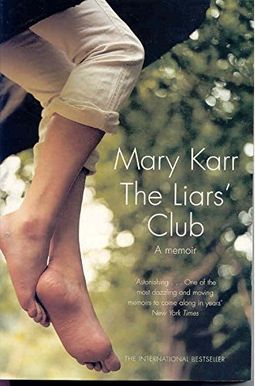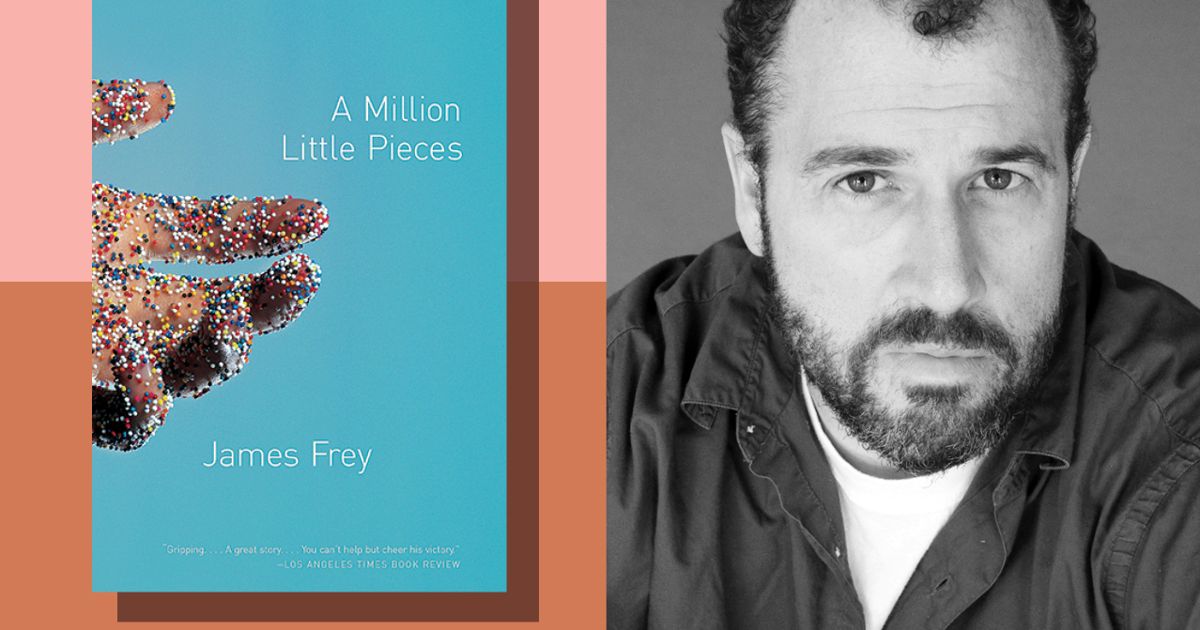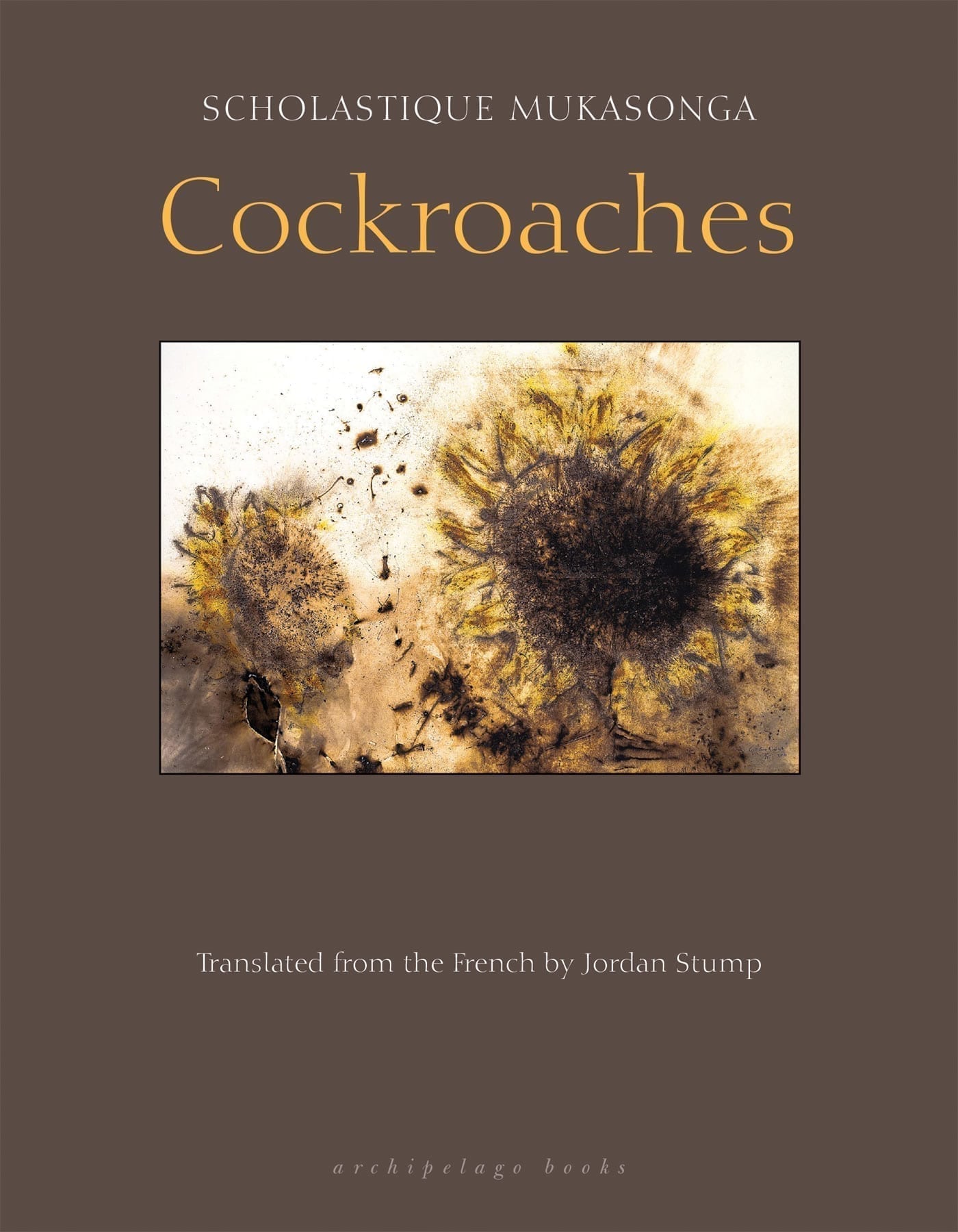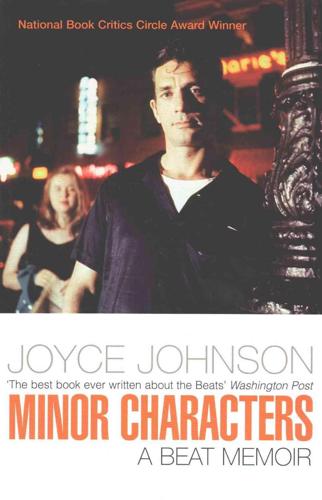Discover Pandipedia
Pandipedia is the world's first encyclopaedia of machine generated content approved by humans. You can contribute by simply searching and clicking/tapping on "Add To Pandipedia" in the answer you like. Learn More
Expand the world's knowledge as you search and help others. Go you!
Let's look at alternatives:
- Modify the query.
- Start a new thread.
- Remove sources (if manually added).
- Request a manual search from our human research team.
A Centenarian’s Journey: From Covered Wagon to Buzz Bombs to Bald Eagles
Virginia Foley navigates the challenges of growing up in Minneapolis in the 1920s/1930s, ultimately volunteering with the Red Cross during World War II, which changes the trajectory of her life[1].
White House by the Sea: A Century of the Kennedys at Hyannis Port
A sweeping history of the Kennedy dynasty, this book explores its lasting impact on American politics and culture[1].
Unbroken Bonds of Battle: A Modern Warrior’s Book of Heroism, Patriotism, and Friendship
This memoir presents inspiring tales of friendship and heroism among those who defend freedom, making it a beautiful keepsake[1].
Pledging My Time: Conversations with Bob Dylan Band Members
Featuring over 40 interviews, this book provides an insider perspective on Bob Dylan's career from the musicians who worked closely with him[1].
Once Our Lives
A true story of four generations of Chinese women, illuminating how their lives were shaped by ancient traditions and upheavals amidst personal curses[1].
The 50 Best Memoirs of the Past 50 Years
A curated list by The New York Times book critics, showcasing outstanding memoirs published since 1969[2].
The Woman Warrior: By Maxine Hong Kingston
This memoir intertwines stories and experiences of being the American-born daughter of Chinese immigrants, exploring themes of feminism and identity[2].
Fun Home: By Alison Bechdel
A graphic memoir depicting a complex relationship with her father, exploring themes of identity and sexuality, inspired by his suicide[2].
Men We Reaped: By Jesmyn Ward
A moving tribute to five young black men from her life, reflecting on themes of grief, loss, and survival in a context of systemic issues[2].
How We Fight for Our Lives: By Saeed Jones
This memoir recounts the author’s coming-of-age as a young black gay man in the American South, blending tragedy and joy in his experiences[2].
Night: By Elie Wiesel
A harrowing account of the author's experiences in Nazi concentration camps, seminal for understanding the Holocaust’s impact[9].

The Year of Magical Thinking: By Joan Didion
A profound exploration of grief and mourning following the sudden death of her husband[3].
Educated: By Tara Westover
This memoir tells of her pursuit of education despite growing up in a strict, survivalist family in Idaho, highlighting themes of resilience and transformation[3].
Becoming: By Michelle Obama
The former First Lady's memoir that chronicles her life from the South Side of Chicago to her years in the White House, emphasizing personal growth and advocacy[3].
The Fire Next Time: By James Baldwin
A profound examination of race relations in America, consisting of two personal essays that remain influential[4].
The Color of Water: By James McBride
A narrative intertwining the author's experience with his mother’s story, exploring themes of race, faith, and identity in America[3].
Know My Name: By Chanel Miller
This memoir recounts the author’s experience as the victim of a high-profile sexual assault case, reclaiming her identity and voice[3].
The Heart Has Its Reasons: Wallis Warfield Simpson
A memoir that sheds light on the abdication crisis surrounding Edward VIII's marriage to the American divorcée, providing insight into historical events[4].
The Devil in the White City: By Erik Larson
A gripping narrative intertwining the 1893 Chicago World’s Fair with the story of a serial killer, focusing on themes of ambition and morality[9].
Lives Other Than My Own: By Emmanuel Carrère
This work captures the complexities of human experiences through the lens of suffering and resilience following a tsunami[2].
Heavy: By Kiese Laymon
A powerful exploration of race, family, and self-identity in America, addressing personal as well as broader societal issues[3].
The Liars’ Club: By Mary Karr
A coming-of-age memoir of childhood in a dysfunctional Texas family during the 1960s, rich with humor and vivid storytelling[2].
Wild: By Cheryl Strayed
A memoir detailing the author’s journey of self-discovery through hiking the Pacific Crest Trail after personal tragedies[3].
A Life in Pieces: By James Frey
A controversial memoir about his struggles with addiction and recovery, blending raw honesty with fictional elements[3].
Cockroaches: By Scholastique Mukasonga
A memoir recounting the horrors of the Rwandan genocide, emphasizing personal loss and resilience[3].
Patrick’s Story: The True Story of America’s First Casualty of the War on Terror
An insightful memoir chronicling the heroic life and tragic death of a soldier during the early days in Iraq[3].
Bad Blood: Secrets and Lies in a Silicon Valley Startup: By John Carreyrou
A gripping exposé on the fall of the Theranos company, highlighting ambition and deception[3].
Minor Characters: By Joyce Johnson
A memoir reflecting on her relationship with Jack Kerouac, capturing the beat generation's essence and complexities[9].
Between the World and Me: By Ta-Nehisi Coates
A poignant letter to his son about the realities of being black in America, exploring heritage and dignity[3].
Autobiography of a Face: By Lucy Grealy
A deeply personal account of living with the physical effects of cancer and the accompanying journey of identity[3].
Let's look at alternatives:
- Modify the query.
- Start a new thread.
- Remove sources (if manually added).
- Request a manual search from our human research team.
Get more accurate answers with Super Search, upload files, personalised discovery feed, save searches and contribute to the PandiPedia.

ASMR, or autonomous sensory meridian response, is often triggered by visual or auditory stimuli that create a pleasurable tingling sensation, typically starting from the scalp and moving down the body. This sensation is associated with relaxation and euphoria, similar to feelings elicited from “oddly satisfying” experiences like watching slime being manipulated or objects being crushed, which also invoke sensory pleasure and calmness[1][3][5].
Both ASMR and oddly satisfying videos engage viewers by providing a sense of completion and symmetry, affecting mood positively and reducing stress. For many, the act of watching these videos can produce physical responses like lower heart rates, underscoring their therapeutic potential[4][6].
Let's look at alternatives:
- Modify the query.
- Start a new thread.
- Remove sources (if manually added).
- Request a manual search from our human research team.
Berkshire Hathaway's operating earnings in 2024 were $47.4 billion. This figure emphasizes our focus on operating earnings over GAAP earnings and excludes capital gains and losses from securities held[1].
Let's look at alternatives:
- Modify the query.
- Start a new thread.
- Remove sources (if manually added).
- Request a manual search from our human research team.
Let's look at alternatives:
- Modify the query.
- Start a new thread.
- Remove sources (if manually added).
- Request a manual search from our human research team.
Urbanization has significantly influenced car rentals in Europe as rising population density in urban areas drives up the costs of personal vehicle ownership, including insurance, taxes, and maintenance. This shift has made car rentals a more appealing option for individuals, particularly younger populations, seeking flexibility in densely populated regions. As cities adapt to these changing transportation needs, the demand for short-term vehicle rentals has surged, indicating a clear trend towards rental solutions over ownership in urban settings[1].
Furthermore, established rental companies are focusing their growth in urban centers, capitalizing on the increasing demand for convenient and economical transportation alternatives[1].
Let's look at alternatives:
- Modify the query.
- Start a new thread.
- Remove sources (if manually added).
- Request a manual search from our human research team.
Get more accurate answers with Super Search, upload files, personalised discovery feed, save searches and contribute to the PandiPedia.
The Essence of Argentina's Belle Époque
Argentina's Belle Époque, a period of great splendor, occurred in the late 19th and early 20th centuries[2]. For Argentina, this era commenced with the presidency of Sarmiento, coinciding with the assassination of Urquiza in 1870 and the decline of the yellow fever epidemic in Buenos Aires[4]. The term 'Belle Époque' itself, meaning 'beautiful era' in French, wasn't coined during that time but emerged later, evoking a sense of nostalgia for a time of prosperity and optimism[4]. This epoch, often regarded as Argentina's 'golden years', brought about optimism, luxury, and technological advancements, fostering confidence in the future, increased well-being, rapid industrial growth, and an emphasis on consumption[4].
Factors Contributing to the Flourishing Belle Époque
Several factors contributed to Argentina's Belle Époque. The country experienced remarkable economic and cultural growth, becoming an attractive place to live and visit[2]. This period saw the development of industry and commerce and the growth of a middle class with improved living conditions[1]. There was significant expansion in transport and communications, along with scientific and technological progress, including inventions like the telephone and electricity[1]. Large-scale immigration flourished, although it also led to increased overcrowding in tenement houses[4]. The great daily newspapers of the early 20th century dedicated as many as four pages to job advertisements, reflecting a growing Argentina eager to showcase itself to the world during the May Revolution centennial celebrations in 1910[4].
Social and Political Dimensions
Beyond economic progress, Argentina's Belle Époque was characterized by social and political changes. A new social class, the bourgeoisie, emerged, comprising entrepreneurs, professionals, and merchants who experienced substantial economic growth and became the dominant class[1]. This era was marked by relative political stability in many European countries, but it also saw tensions and conflicts, particularly concerning imperial and colonial rivalries among European powers[1]. This was also a time in which women began to demand their rights in the public, labor, and educational spheres[4].
Artistic and Cultural Expressions
The nation experienced a cultural renaissance, with flourishing visual arts, literature, music, and theater[1]. Art Nouveau and Impressionism emerged as movements that sought to break with past artistic conventions[1]. Argentine tango gained prominence, and French styles influenced fashion and gastronomy[4]. The rise of the architecture, fashion, and gastronomy was evident[6]. The capital city of Buenos Aires saw the construction of majestic palaces and mansions and the rise of afrancesado style[4]. Also, was a time where art played a key role in expressing the exuberance and elegance of society[1]. Art of the Belle Époque had a fundamental role in expressing the exuberance and elegance of society[1]. Art Nouveau style, bright colors and themes of modern life, reflected the joy and vitality of the society[1].
Technological and Lifestyle Changes
Significant technological advancements reshaped daily life during the Belle Époque. The advent of electricity extended nightlife and expanded entertainment options[4]. The invention of the automobile led to unprecedented mobility, while the development of the first airplanes laid the foundation for modern aviation[1]. The invention of the telephone revolutionized long-distance communication, and the expansion of the railway and the construction of the underground contributed to ever more connected world[4]. These advancements enhanced the quality of life and changed how people lived and communicated[1].
The Inequities Amidst Progress
Despite the prevailing optimism, the benefits of progress were not evenly distributed[5]. While the upper classes enjoyed luxury and sophistication, the working class faced harsh conditions[14][4]. The period saw increasing tensions and conflicts between the working class and the dominant bourgeoisie[3]. Not all regions of Argentina shared in the economic prosperity, with growth concentrated around the port and a few interior provinces, exacerbating existing territorial disparities[5]. Modernization and backwardness were compatible during this period[5]. The surge in the architecture, fashion, and gastronomy, while remarkable, was not fully accessible to the lower class[7].
The End of an Era
The outbreak of World War I in 1914 marked the abrupt end of the Belle Époque[8]. The conflict had a devastating impact on Europe, ending the era of peace and prosperity[1]. The horrors of war and the resulting socio-political changes ushered in a new historical period[1]. Or as Daniel Balmaceda put it “The lights of the Belle Époque went out, and in 1914, a dark night spread over the world, marking the beginning of a new and somber stage in history”[4].
Let's look at alternatives:
- Modify the query.
- Start a new thread.
- Remove sources (if manually added).
- Request a manual search from our human research team.

The term 'odometer' is derived from two ancient Greek words: ὁδός (hodós), meaning 'path' or 'gateway,' and μέτρον (métron), meaning 'measure.' Thus, it roughly translates to 'path-measure'[4]. This device is used to measure the distance traveled by vehicles. The word reflects its function and has its origins in the principles established by early inventors like the Roman architect Vitruvius, who described an odometer in his work around 15 BCE[2][3].
Let's look at alternatives:
- Modify the query.
- Start a new thread.
- Remove sources (if manually added).
- Request a manual search from our human research team.
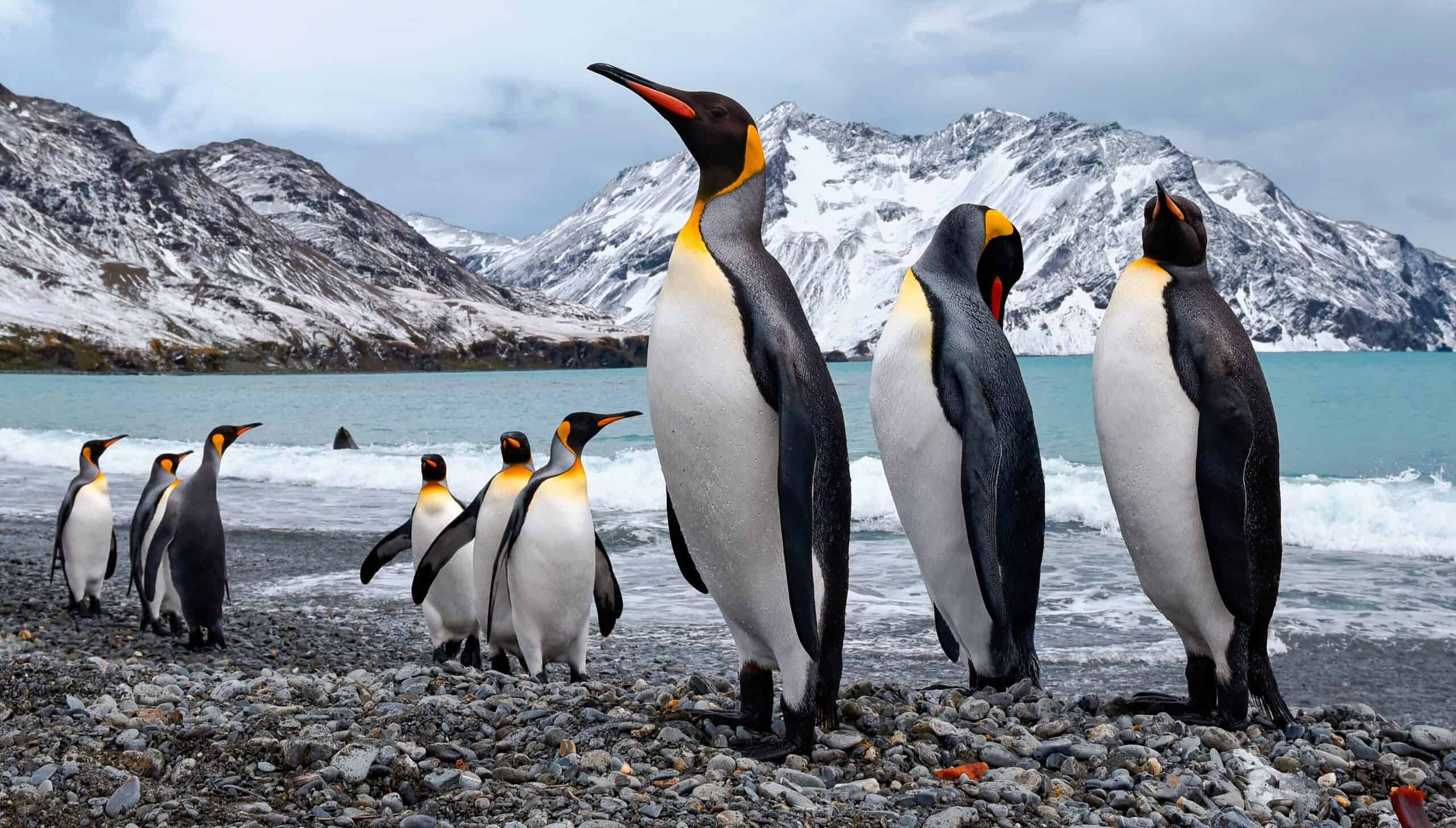
Animals have developed various adaptations to survive in extreme environments. For instance, camels can thrive in arid deserts by going for extended periods without water and extracting moisture from the air through their nostrils[2][5]. Tardigrades, known as water bears, can endure extreme temperatures and enter a state of cryptobiosis to survive harsh conditions[2][3].
In cold climates, species like penguins and polar bears have thick insulation and behavioral adaptations to retain warmth[3][4]. Some organisms, like the wood frog and flat bark beetle, can survive freezing temperatures by accumulating protective proteins and sugars in their tissues[2][3].
Let's look at alternatives:
- Modify the query.
- Start a new thread.
- Remove sources (if manually added).
- Request a manual search from our human research team.
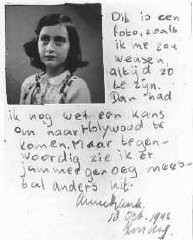
Anne Frank was inspired to write in her diary as a way to process her experiences and emotions while hiding from Nazi persecution. She received her diary on her 13th birthday, expressing a desire to confide her thoughts and feelings to it, hoping it would provide support during difficult times[1].
Additionally, a radio broadcast from the Dutch government-in-exile in March 1944 urged citizens to document their experiences, which motivated Anne to rewrite her diary and envision it as a published work, initially titled 'The Secret Annex'[2][4]. Writing became her refuge, allowing her to express her ideals and dream of becoming an author[3][5].
Let's look at alternatives:
- Modify the query.
- Start a new thread.
- Remove sources (if manually added).
- Request a manual search from our human research team.








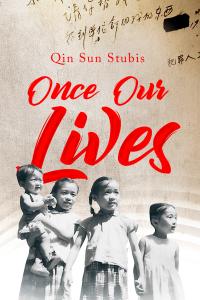

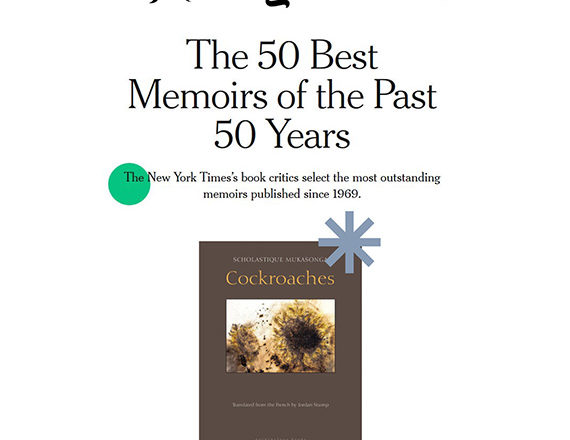






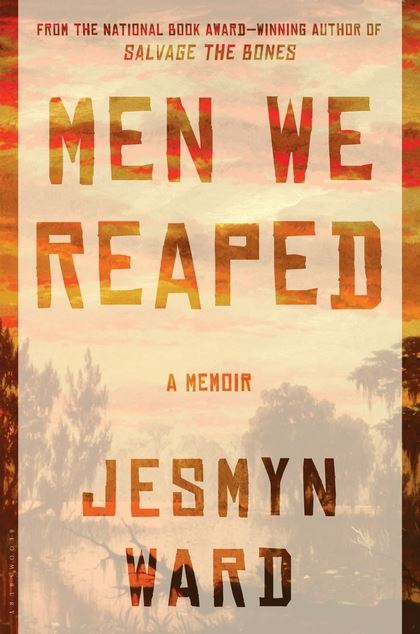

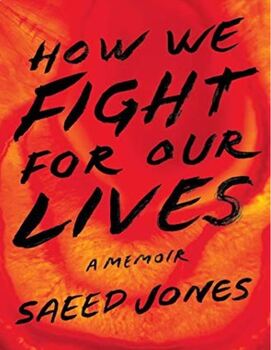




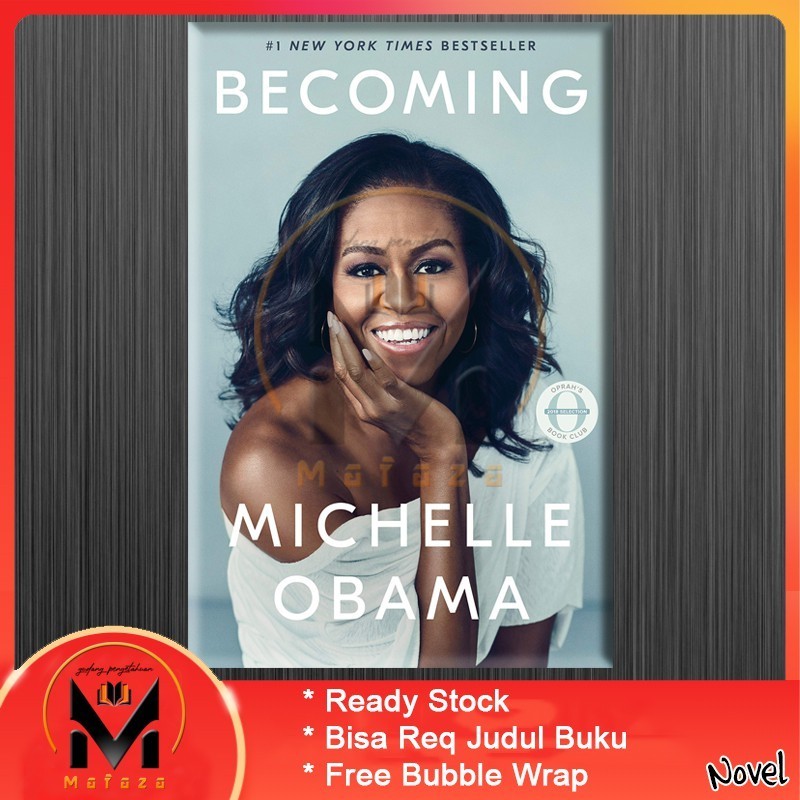



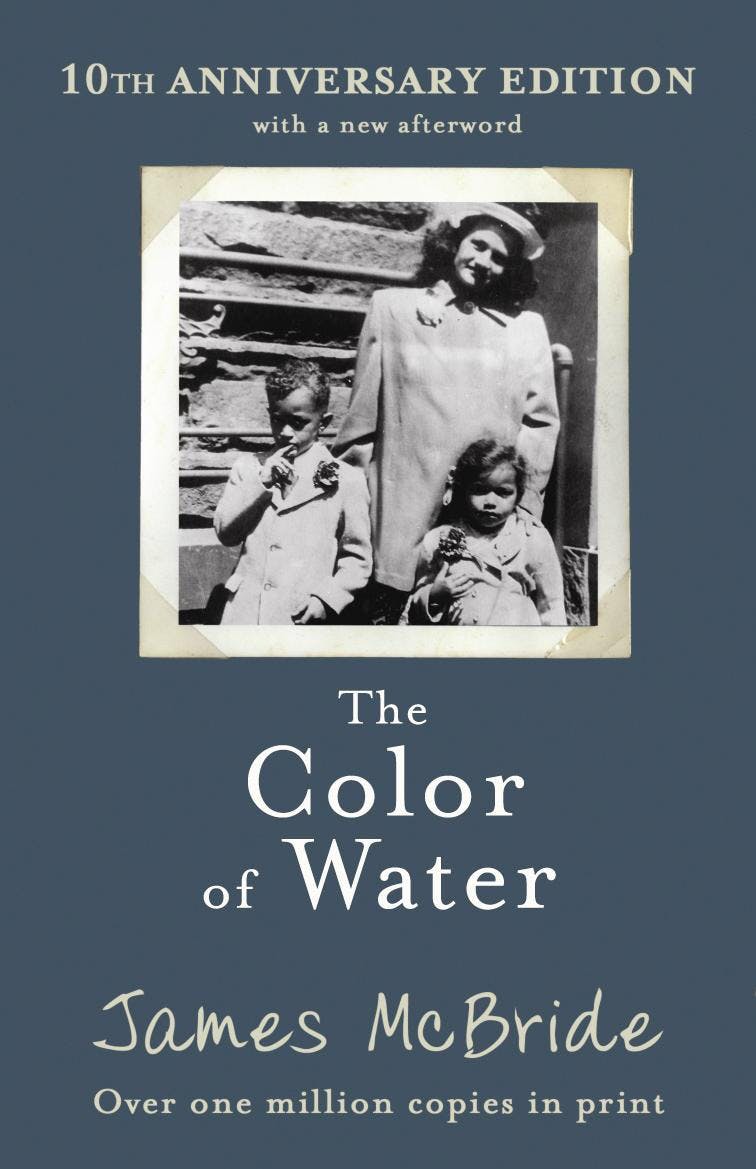








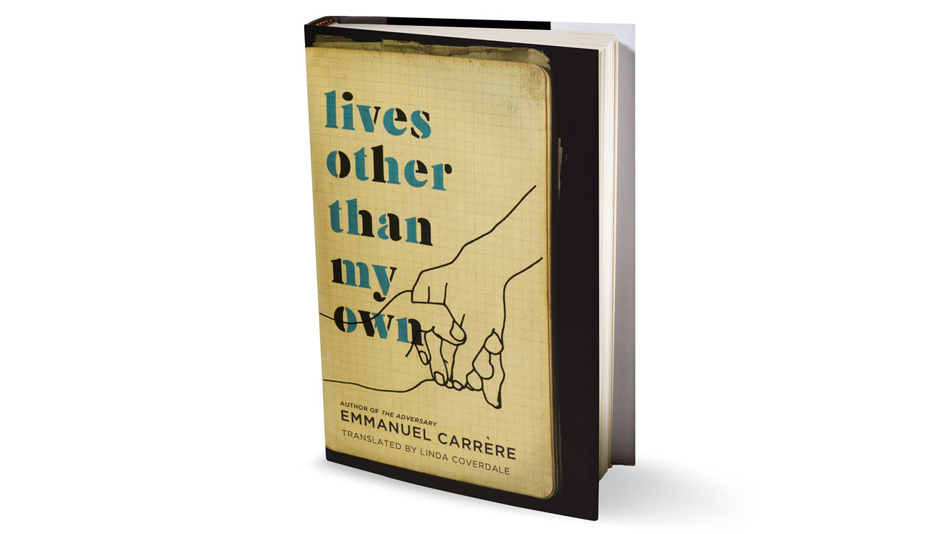

:max_bytes(150000):strip_icc()/kiese-laymon-2000-f6aba76d77cd4e8985769db8ec02930b.jpg)
